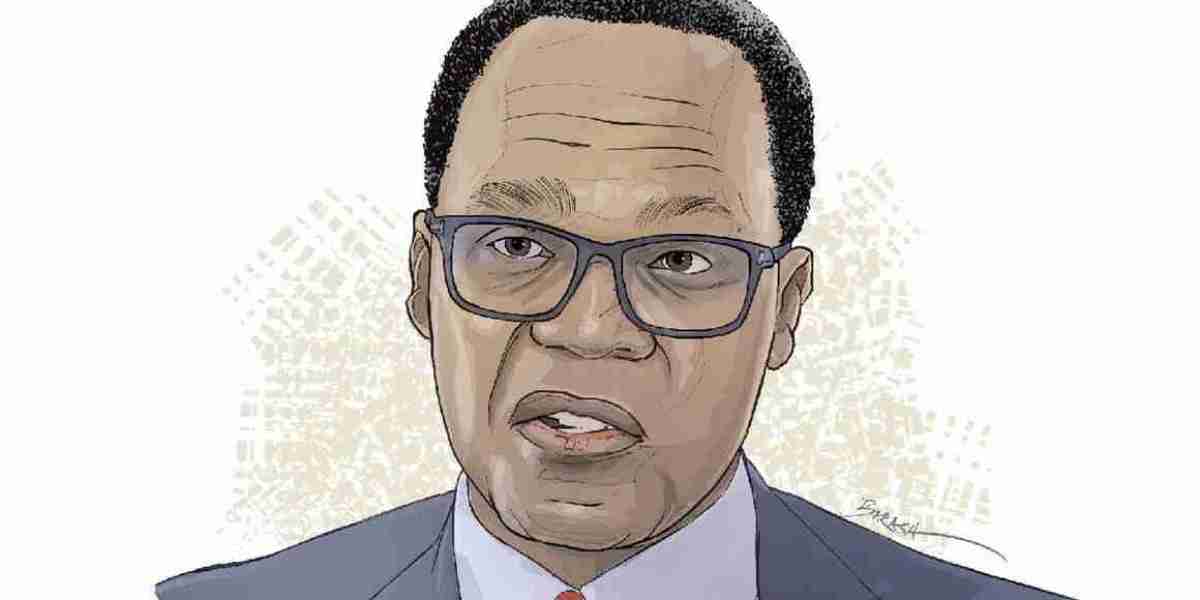What you see are very big provisions from some of the banks which means that banks are trying to recognise the risks that have been there. The expectation on NPLs have likely been exaggerated because not every interest rate increase is being passed on to the customer. We have negotiated with customers who can’t afford to accommodate them.
I think we will handle NPLs better this time having gone through the pandemic. NPLs might rise a little bit given the heavy provisions by some banks and then we will start reversing slowly.
You have Sh12 billion in write-offs from your loan book, what sectors do the write-offs relate to and why does the bank pursue this stance?
The write-off is a clean-up of our balance sheet because even if a loan is written off, we continue to collect.
Forex liquidity has improved and the exchange rate has improved. Are we edging closer to the real value of the shilling?
It’s hard to say because the fundamentals are not explaining the performance of the shilling. Obviously there is a good explanation in that we got quite a significant amount of dollars coming to the infrastructure bond. The performance of the Eurobond also created some confidence. That can only go so far, however. Because of the expectation that the shilling will get stronger, the demand for dollars has gone down significantly, it’s not necessarily that we have seen more supply and this has driven the shilling.
I think the demand will come back because people will need to trade. Perhaps, what was bought and built up is what’s in use. Very soon they will come back for more and we will see the shilling going back to its true value. We don’t know the true value but certainly it’s not where it was, I also don’t think it’s where it is at the moment, it's somewhere in the middle.
From your subsidiaries, we’ve seen Tanzania rising into profitability improving your regional performance. What do you attribute this to?
It’s a number of things, one is we returned our business by cutting costs, we reduced our branches and laid off staff in 2022. We have also seen significant business growth focused on large corporations, which we have been financing. There have also been significant recoveries from the provisions and write-offs undertaken in 2022.
Your regional business largely features a digital footprint especially in West Africa, would a merger or acquisition still be in the cards for NCBA?
That’s always in the conversation but we don’t have any immediate plans.
Will NCBA integrate its planned acquisition (AIG Kenya) to your existing business?
We will run it as a standalone subsidiary, this is the plan for now. However, in terms of business origination, we have synergies that we see between that business and our footprint distribution, but from a reporting perspective it will stay as a subsidiary. We cannot yet disclose the cost of the acquisition.
You made the expansion last year with eight new branches, your staff count has also increased by 400. What would this speak to in terms of the direction of the bank?
This year we will be opening another five or six branches but we think we will go slow after this year after which we will start looking at other areas such as agency banking. Research told us that we need to have a minimum number of branches before agency can make sense.
Besides opening new branches, where are jobs being created in banking?
We have also hired a lot in improving customer experience, IT and our digital business. Through Loop, for instance, we have increased the number of staff in that division by about 400.
We’ve seen quite the action on mergers and acquisitions....
Kenya is perhaps not in the expectations of those who think of M&A in the industry as a bank buying another. We cannot rule out the possibility of another merger.


